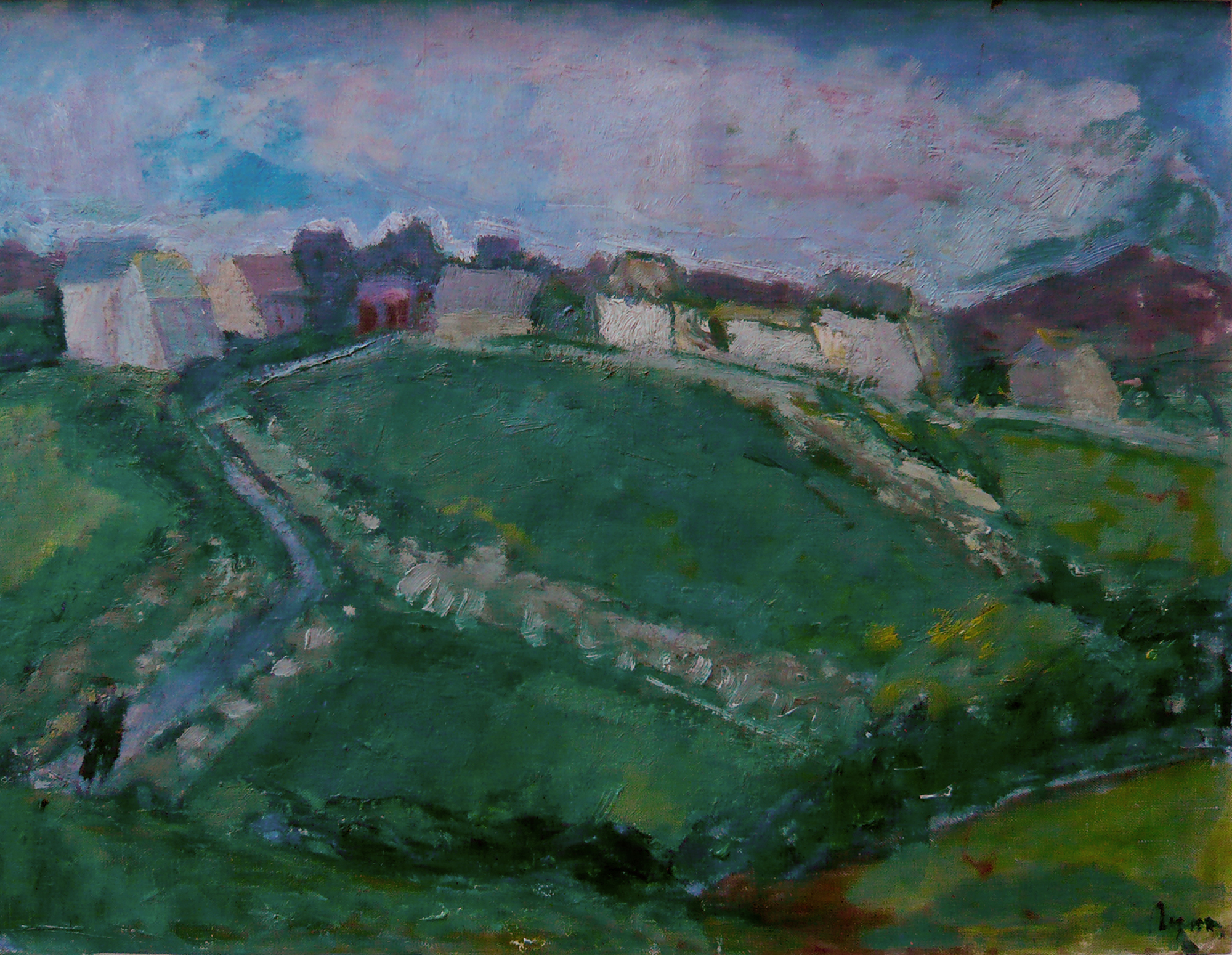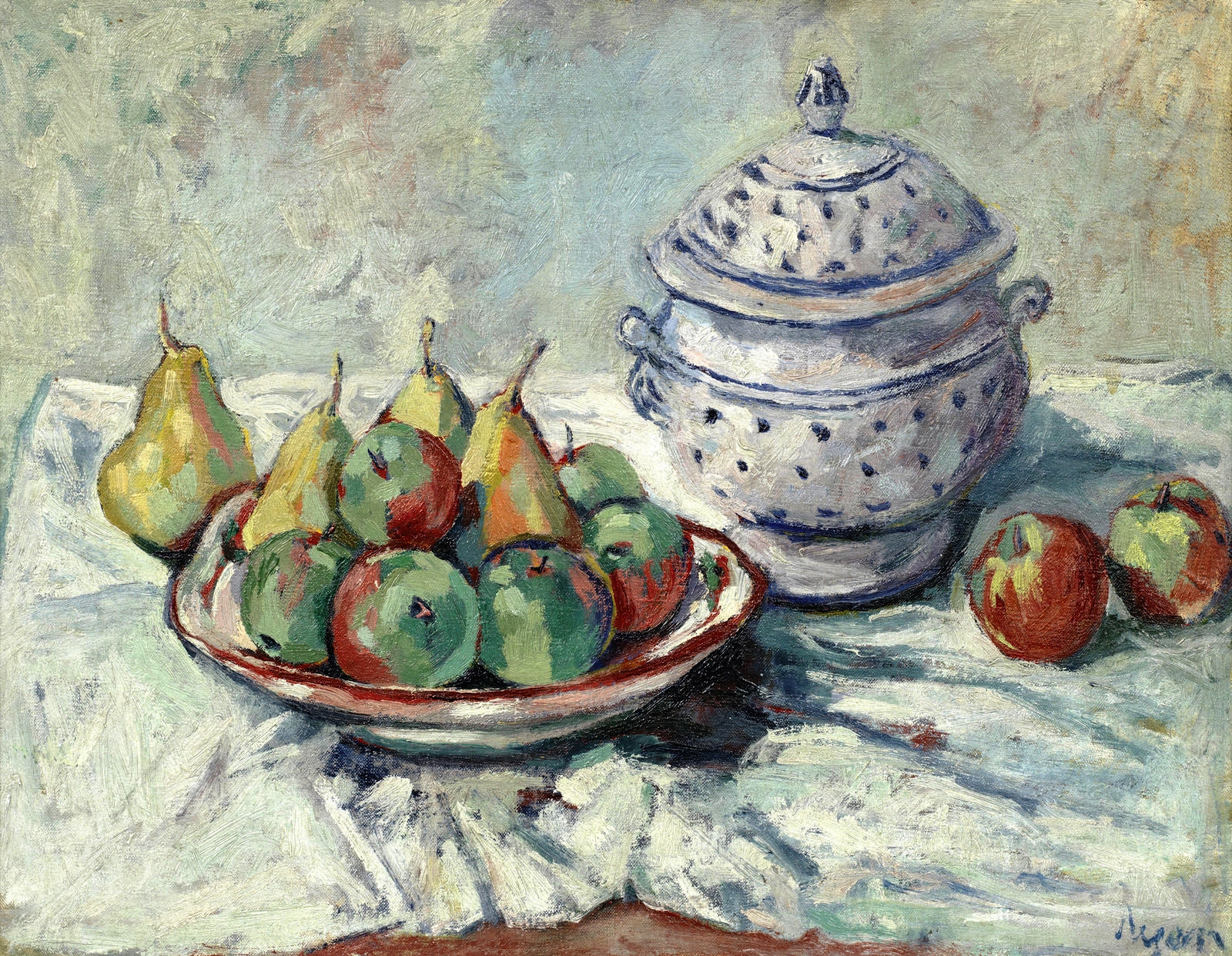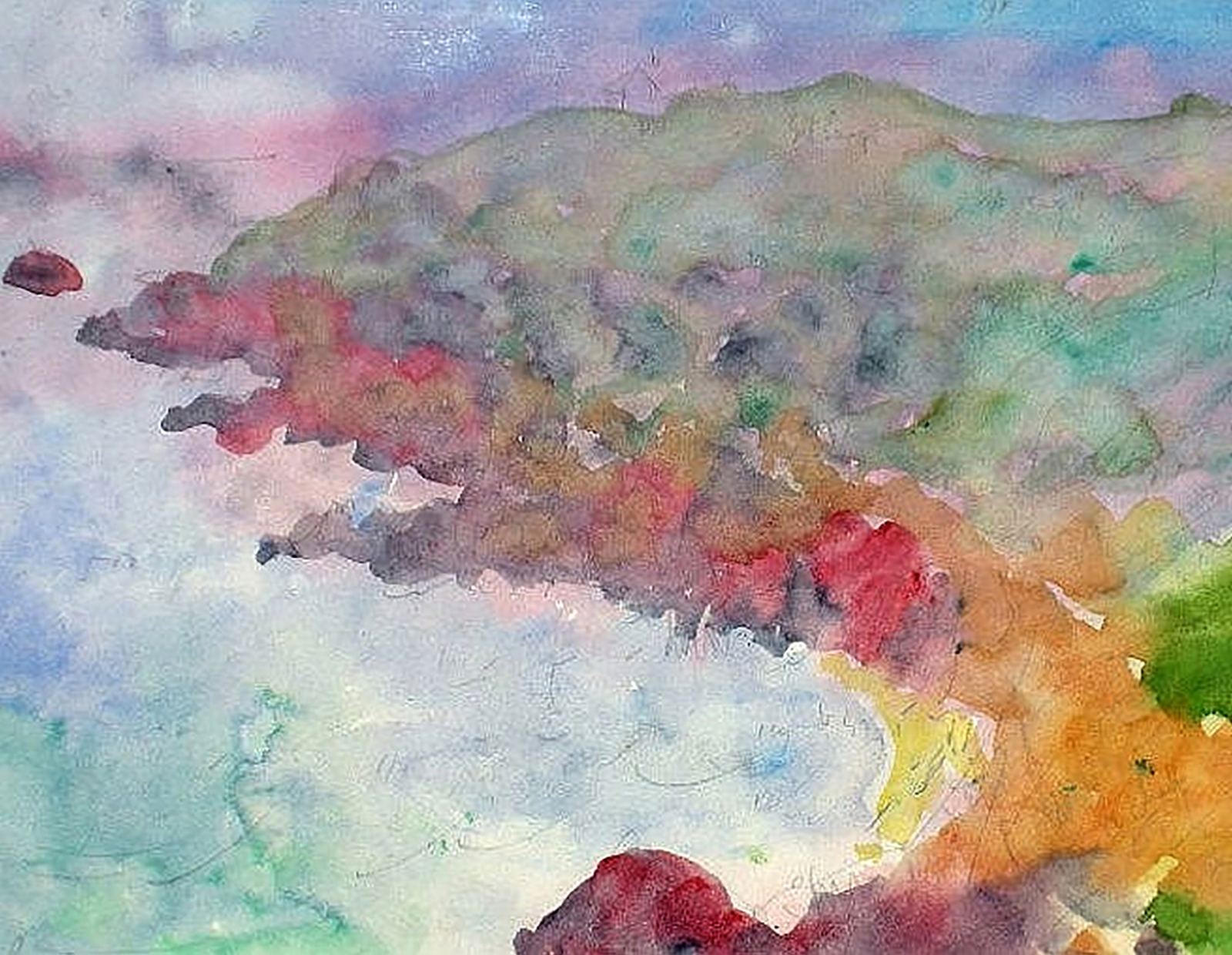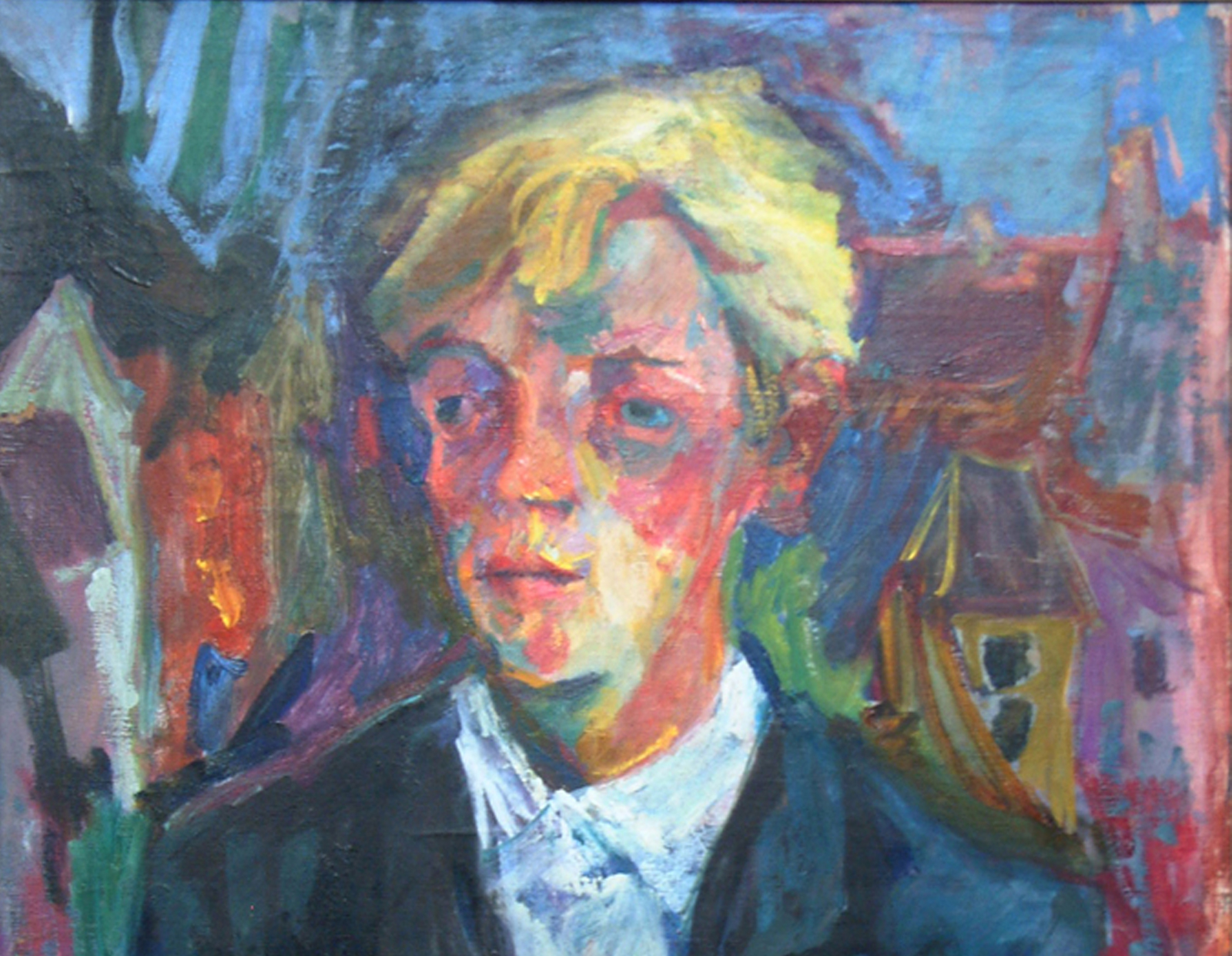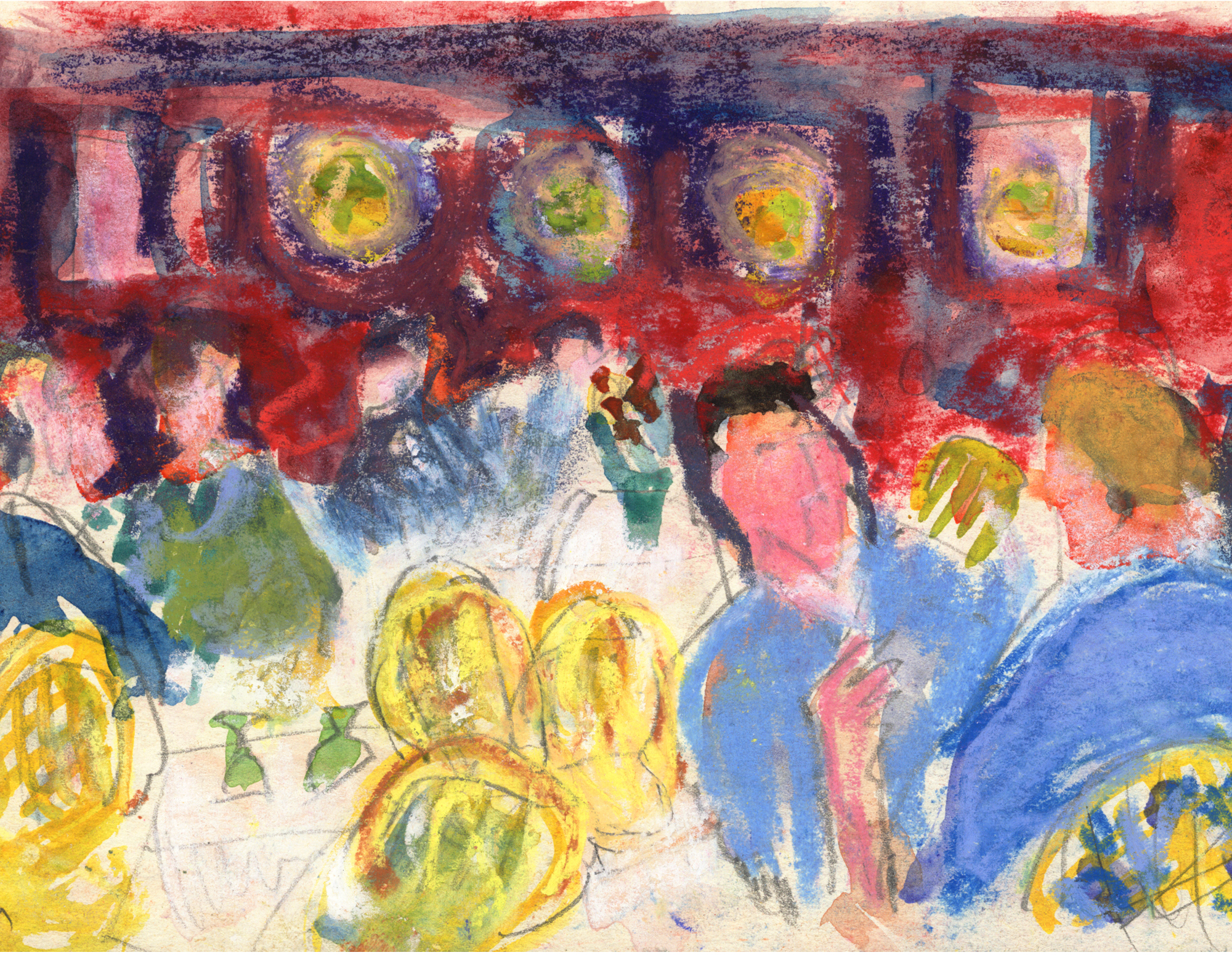ADRIAN RYAN
Painter, 1920 – 1998

From ‘Painting in France’ by Adrian Ryan, 1984
“Many an English artist, especially the landscape painter, feels the urge to migrate to other climates when spring, summer or autumn comes around. I am no exception. Yet as a young man I found Cornwall, Wales and Suffolk sufficient for many years for my needs, apart that is, from the mandatory visits to Paris. Ah Paris!
For forty-three years I have had a studio in London but in all that time I have neither drawn nor painted more than a handful of pictures of our capital. However the moment the train pulls into the Gare du Nord my eyes open wider and out comes my pencil and sketch book. To me even the shabbiest Parisian hotel with a top floor room and no lift is as near to heaven as an artist can get. The view from the attic window of ridiculous roofs with their assorted chimney pots is nectar to my muse not given to me in London or Penzance!”
‘Why I paint fish’ by Adrian Ryan, 1994
When times change, the landscape changes and the urban scene changes, and the fashions and appearances of people change, but fish remain the same. The same as the Romans painted at Pompeii, as the Dutch painted many centuries later, and as Courbet painted in his prison cell at Chalon later still. Fish lie before the artist with their sad eyes and fading colours, but in death – as in life – fish are beautiful. No two herring or whiting, however humble, are identical and each has its own character, as shown by the placing of two or more together.
It is the poetry inherent in their uniqueness and agelessness that the artist hopes to portray, driven to follow along the path of his illustrious forebears. He does not have the passing clouds and the waving trees of the landscape to excite him, nor the fashionable look or posture of portrait sitters to help his composition. His painting must be simple and unadorned. He is painting the face of his own fate, from which he learns that death too has a beauty of its own.

From ‘Still Life Painting Techniques’ by Adrian Ryan
Man is not a camera. The object of painting is not to copy but to express one’s delight in the colours, shapes, forms and relationships of the objects of one’s contemplation.
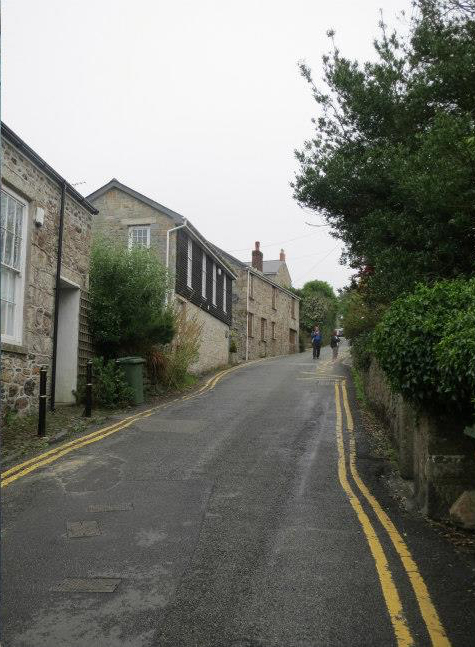
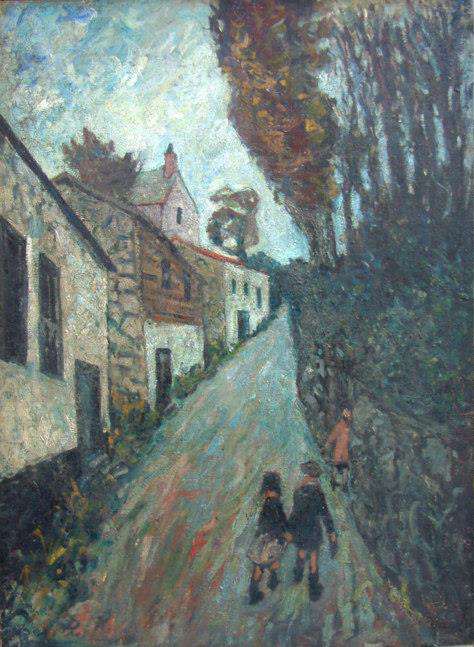
Donald Locke for Galerie Timothy Tew
…it is here in the method of artists like Adrian Ryan, that the paradox is to be found. The painting cannot be realized without intense, exacting, almost scientific observation, but he inserts a poetic filter, so to speak, between this objective eye and the action of the brush on the paper. The result is pictures where feeling is supreme, poetry rather than science.

Sven Berlin from ‘The coat of many colours’, first published 1994
When I was first asked to write about Adrian Ryan I hesitated, because for a painter to write about another painter he has his own vision in the way, but Adrian has that rare gift of being a painter’s painter. He does not talk from any pulpit of theory but from the paint directly on the palette and the brush rooting about in it, which you can hear because the sounds still stay with the tension and apprehension of the impossible task of throwing a sunset, or lighting a moon over a French village where a sinister curé walks alone.
Painting a church like a Titan in the sky. No wonder the shouting eye is nervous and wants to screech with excitement when suddenly it is done, and silent beauty of the moment is before you with honest facility of a true painter. Even a great painter, if greatness consists in content of a haunting beauty like an opium dream, as in his paintings of Mousehole, or the wonder and awe of moonlight.
[Adrian]… always seemed to be smiling at a joke he never got round to completely telling – it was life. Always generous and kind, a fine painter with a touch of Soutine that betokened a macabre streak. He could paint a calf’s head fresh from the butcher, day after day, until it was teeming with maggots, yet produce a landscape as gentle to the eye as a Ruysdael. A painter whose every brushstroke is the centre of the universe he is creating.

Eardley Knollys in Art News and Review October 8th, 1949
Adrian Ryan is an objective painter remarkably free from contemporary obsessions. His eyes are directed towards the forms and landscapes we all know, and he is more concerned with their reality than with the reality of his own responses to them. However, in looking at his work, we soon realize that he likes what he sees, he likes a contrast of pure colour, he likes the feel of paint. When he is most successful his pleasure in the visual world becomes infectious and the whole canvas seems to be bursting into flower under the spectator’s eye.
Now such exuberance, at least in painting, is most un-english. In the last hundred years I can think of only Turner and Matthew Smith as painters who have attacked the canvas with real gusto… by returning to the palette of the Post-impressionists and the Fauves, Adrian Ryan seems to illuminate the waste lands of English painting.

Patrick Heron wrote in his New Statesman review of Ryan’s 1948 exhibition at the Redfern Gallery:
‘In the matter of paint Ryan has learnt most from Soutine … His [Ryan’s] prolonged contemplation is reflected in the incredibly rich texture of any given area of canvas. As we look into these mixtures we are aware that the forms have evolved out of the handling of the paint itself. Such identity of ends and means precludes, on the whole, that imaginative failure so typical of English painting, the failure to fuse the poetic idea and its pictorial statement. The vehicle of Ryan’s poetry is Ryan’s colour and form.’

An appreciation by Julian Machin, September 2000
He enjoyed beautiful things and saw beauty where others might not dream of looking; his pictures reflect this and manifest his unusual way of seeing things during a life fully lived.
By the age of twenty three he was handsome, rich and already quite well known and by the age of sixty three he had three wives, three daughters, no family fortune and was almost unheard of among the art buying public. Only the discerning collectors who had owned his work for years and who had had the sense to hold on to it still believed him to be the best kept secret in the art world. In between, pleasant to relate, he enjoyed himself and was true to himself: he was a figurative painter and he never compromised this view. He had integrity, intelligence and didn’t seem to have many regrets. Towards the end of his life as more modern audiences began to catch up with him, he began to sell again.
There are many stories about him, most of them true. Adrian’s principle fault was modesty which made him all the more delightful to be with. It was always a pleasure to listen to him talking and what he said was well worth hearing, invariably witty and seldom unkind. His paintings are the same; looking at them you can sense different aspects of his charm. The longer you look, the more they yield. He used a lot of paint in lyrical ways that aren’t necessarily obvious at first. They aren’t about mystery. They are about poetry, which, like Adrian Ryan’s art, comes from the heart and is meant to be lastingly beautiful.

